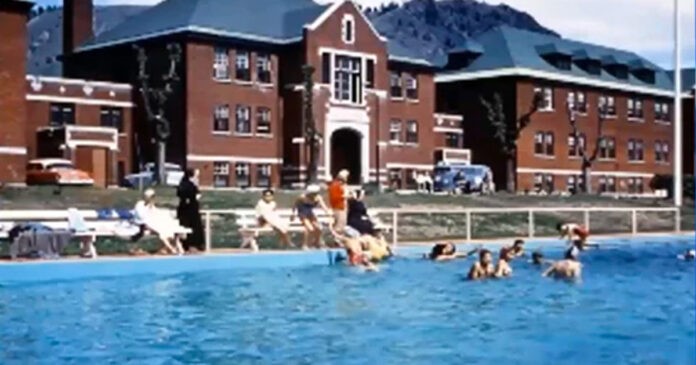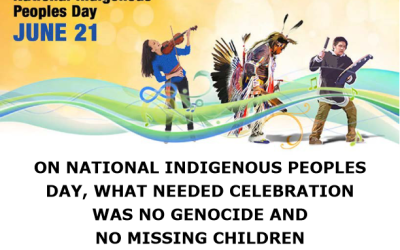In a Globe and Mail article on 5 May 2023 the National Centre For Truth and Reconciliation (NCTR) finally publicly admitted that its Memorial Register is not a list of thousands of missing children buried in unmarked graves. It turns out the entire claim of thousands of missing residential school children buried in unmarked graves in Canada was a hoax.
However instead of taking down its Memorial Register (begun by historian John Milloy with his misnamed ‘Missing Children Project’), the NCTR is now trying to morph the Memorial Register into a list of children who died because they attended a residential school, in other words, it was the school’s fault that they died, which, of course, is utter nonsense.
It is well established that most student deaths resulted from TB and epidemics, and as Dr Bryce stated, children brought TB from the reserves into the schools.
In 1922 in The Story of a National Crime Bryce said that in a study of 8 schools in Alberta “tuberculosis was present equally in children at every age” and that “In no instance was a child awaiting admission to school found free from tuberculosis; hence it was plain that infection was got in the home primarily”.
Regrettably some of those children then died of TB in the schools while receiving the best nursing and medical care the schools could provide to them, while others were sent home to be cared for by their parents. The decision as to whether or not to send a child home was a difficult one. The nursing care provided at the school was usually better than could be provided in the child’s home, but as everyone was aware, keeping a child with active TB at the school put the other children in the school in danger. Moreover in a large number of cases sending the child home was not even an option because the child was at the school in the first place because one or both parents had died, and there was no home for the child to go to. All this is thoroughly documented in countless records in the Library and Archives Canada School Files Series.
Apart from some deaths resulting from TB and from epidemics which affected the schools and reserves alike, provincial death certificates incontrovertibly establish that children did not die on the residential school premises. They died in hospitals where they were cared for by the same doctors who treated the rest of the population, or they died in accidents on their home reserves including house fires, drownings, exposure, gunshot wounds, alcohol-related deaths, and being hit by trains and falling trees. In other words, their deaths had nothing at all to do with their attendance at a residential school, and for the NCTR to pretend that their deaths were the result of or in any way attributable to their attendance at a residential school is merely the perpetration by the NCTR of yet another hoax.
Canada does not need another hoax. The federal government needs to mandate that the NCTR take down its Memorial Register until the federal government can verifiably establish how many children, if any, died because they attended a residential school. In the many surviving inquiries into student deaths in the Library and Archives Canada School Files Series, there does not appear to be a single instance in which a child’s death was attributed to the fault of the school, although in some cases recommendations were made by the doctor, the Indian Agent, the coroner, or the Department of Indian Affairs which resulted in more effective safety precautions against accidents.
That being the case, any list of deaths which actually resulted from students’ attendance at residential schools which the federal government could prepare would necessarily be a very short one indeed, and would be confined to accidents. For example, a little girl, Mary Antoinette Pascal, died when she was struck by a large piece of ice which fell off the roof of St Eugene’s Indian Residential School in Cranbrook. The children had been warned to stay away from the roof because of the ice, but in her excitement while playing tag, she ran into harm’s way.
Accidents occasionally befell children at residential schools as they do at all schools. When taken to its logical conclusion, the NCTR’s Memorial Register blames parents for these accidents, because if the parents had not applied to send the child to the school, the accident would not have happened to that child.
The NCTR is clearly venturing into the realm of absurdity with its argument that its Memorial Register is a list of children who died because they attended a residential school.
Nina Green is an independent researcher who lives in British Columbia. She recently sent this opinion piece to Members of the Senate and Members of Parliament, as well as to journalists, Catholic clergy, and the United Nations Special Rapporteur, Francisco Cali Tzay.



